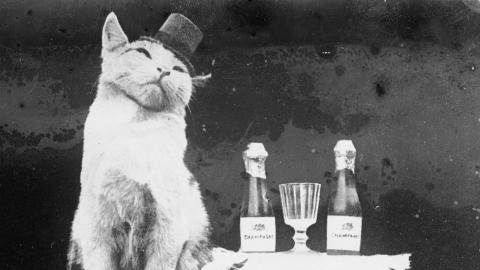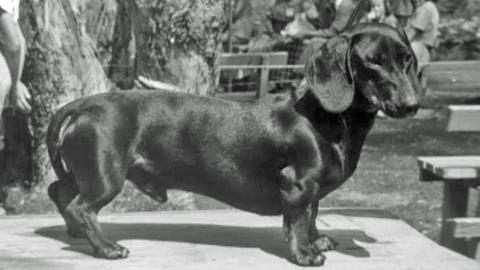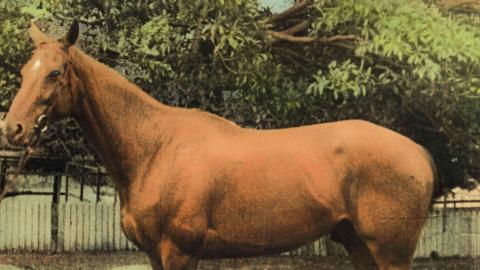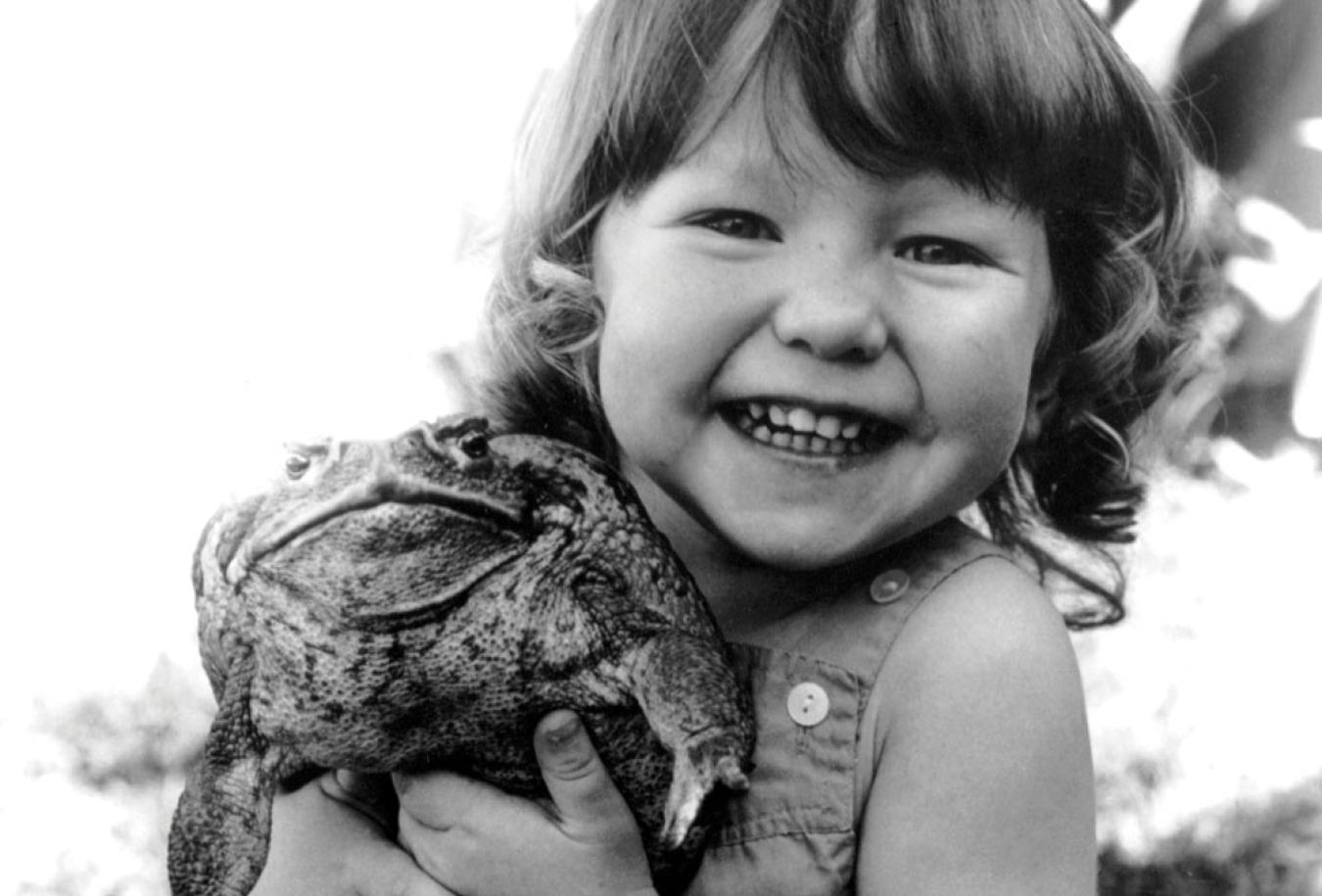

Australian Animals
Australian Animals
Cute and cuddly, furry or feathered, slippery or scaly; our collection of Australian native animals - both real and imagined - will charm and delight you.
The following selection of films, sounds and stills form a snapshot of just some of the fascinating and iconic wildlife that is unique to Australia.
You'll see the world's only monotremes up close in their natural habitat, hear the bizarre sounds of the superb lyrebird as it mimics its surroundings and watch how our native animals have been represented in film, television and popular culture since the advent of the moving image.
Included are cheeky koalas, a superstar kangaroo and playful wombats, alongside less celebrated but equally astounding Australian creatures.

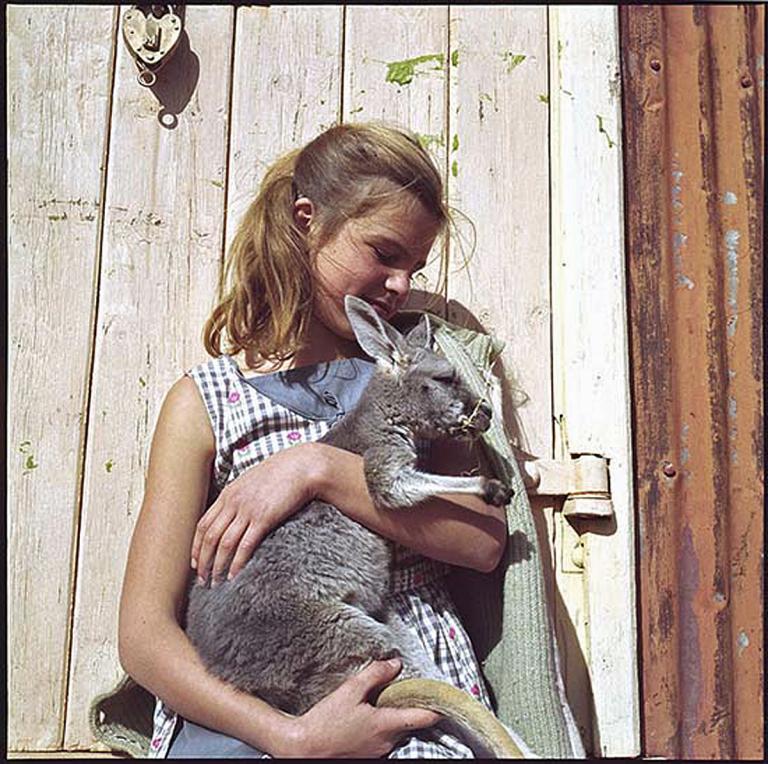
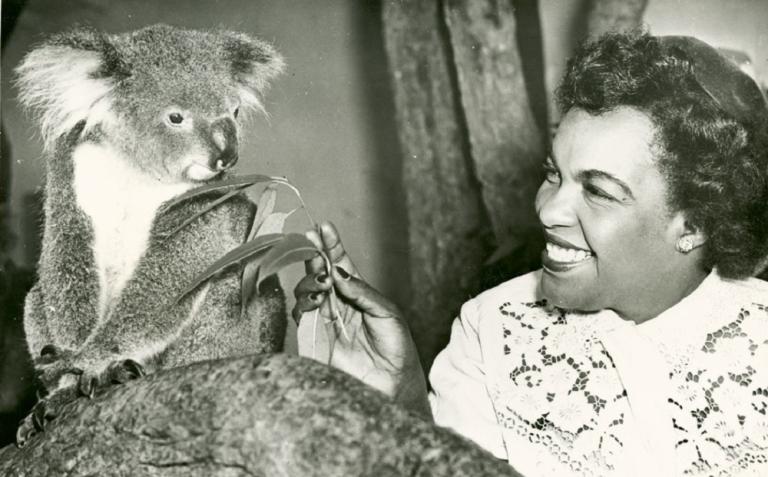
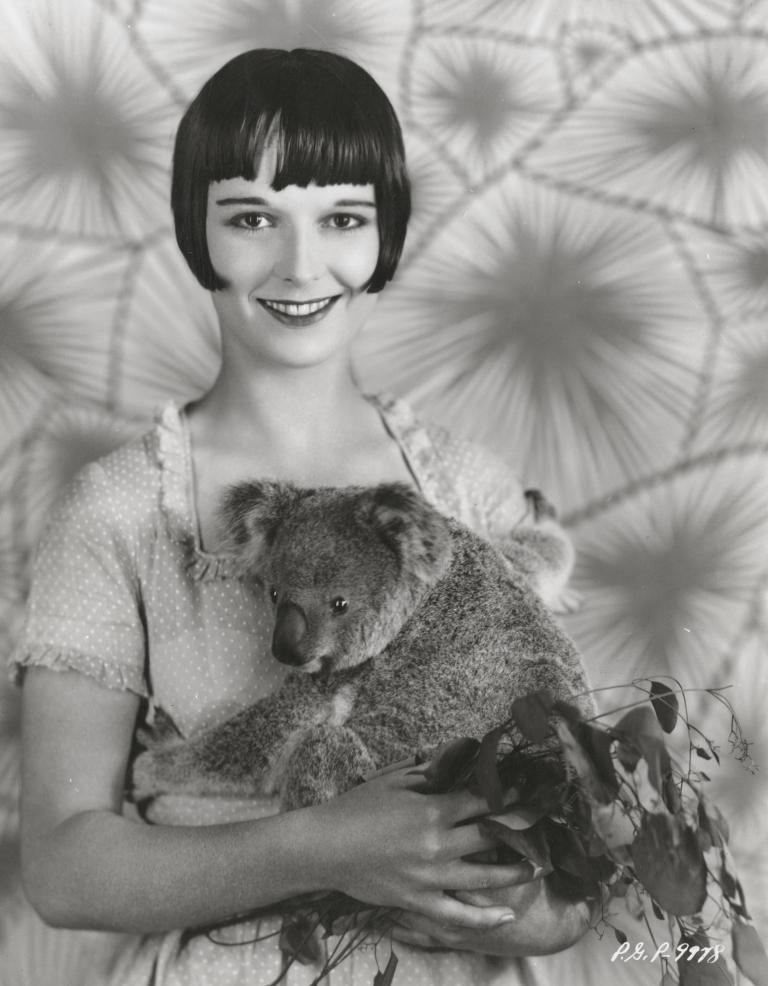
The National Film and Sound Archive of Australia acknowledges Australia’s Aboriginal and Torres Strait Islander peoples as the Traditional Custodians of the land on which we work and live and gives respect to their Elders both past and present.
